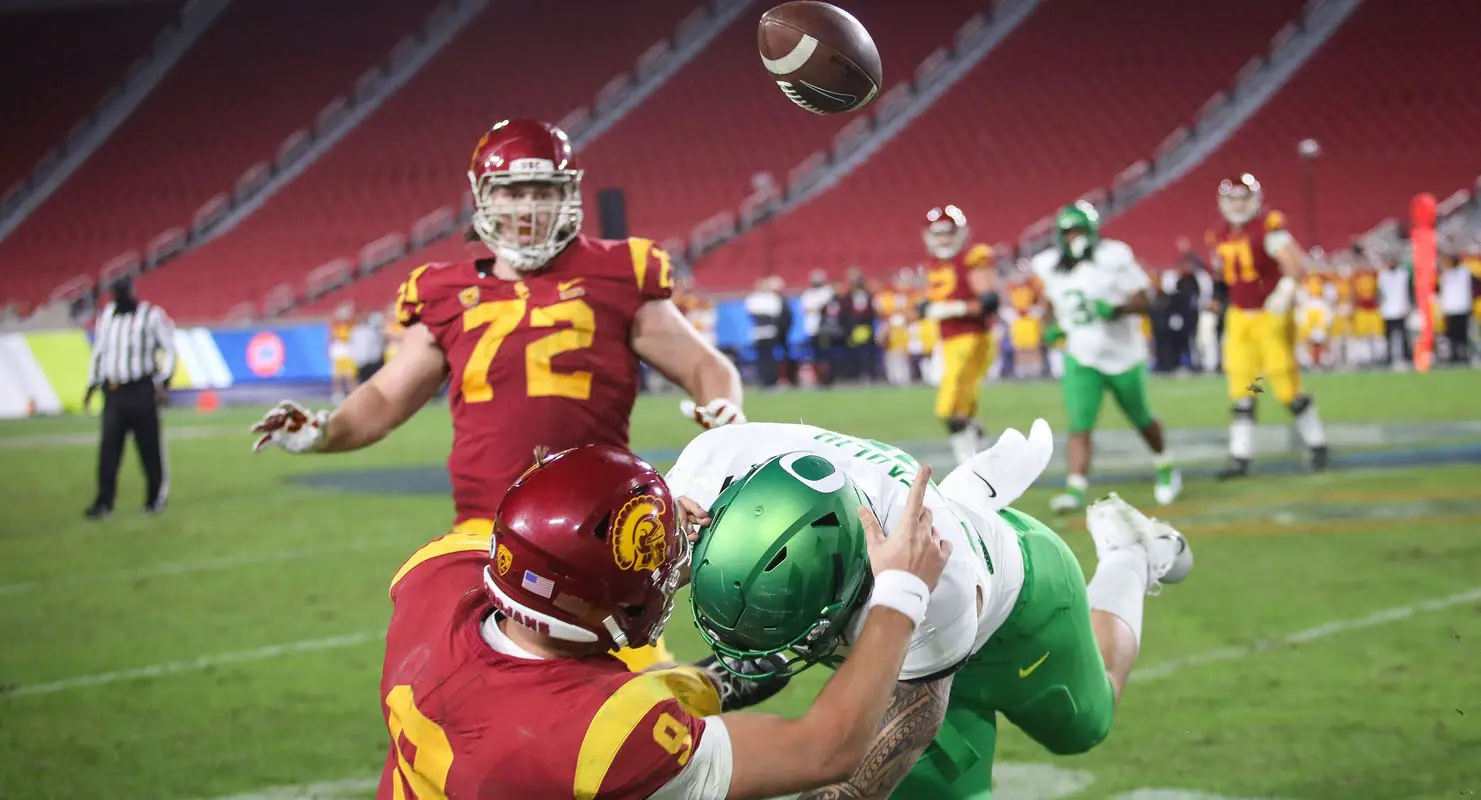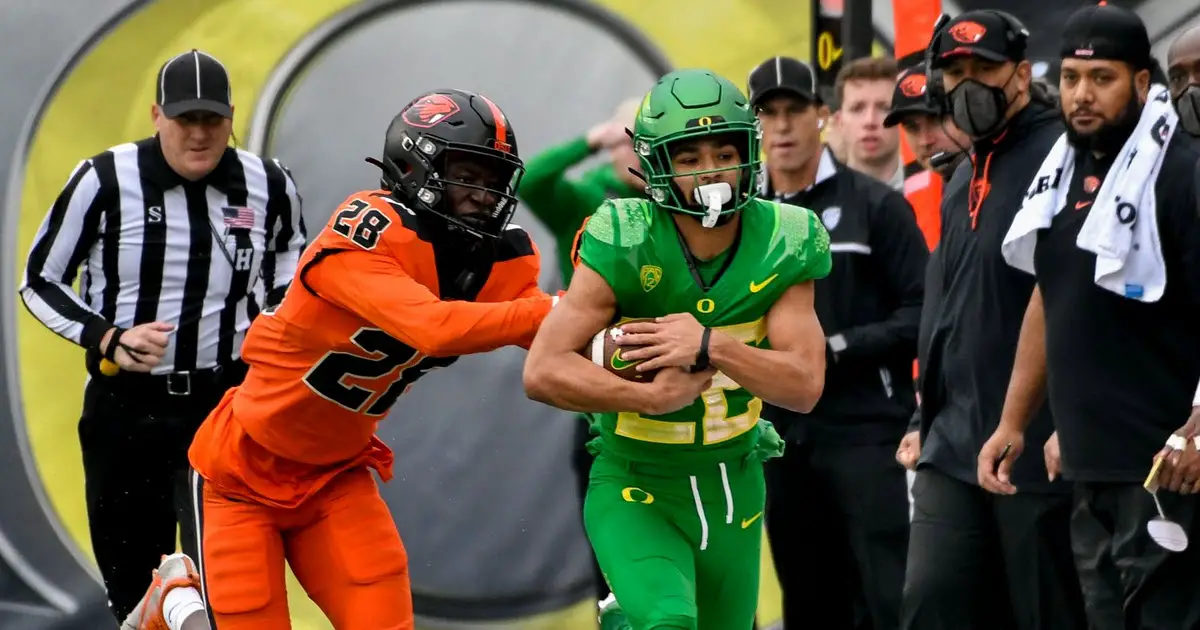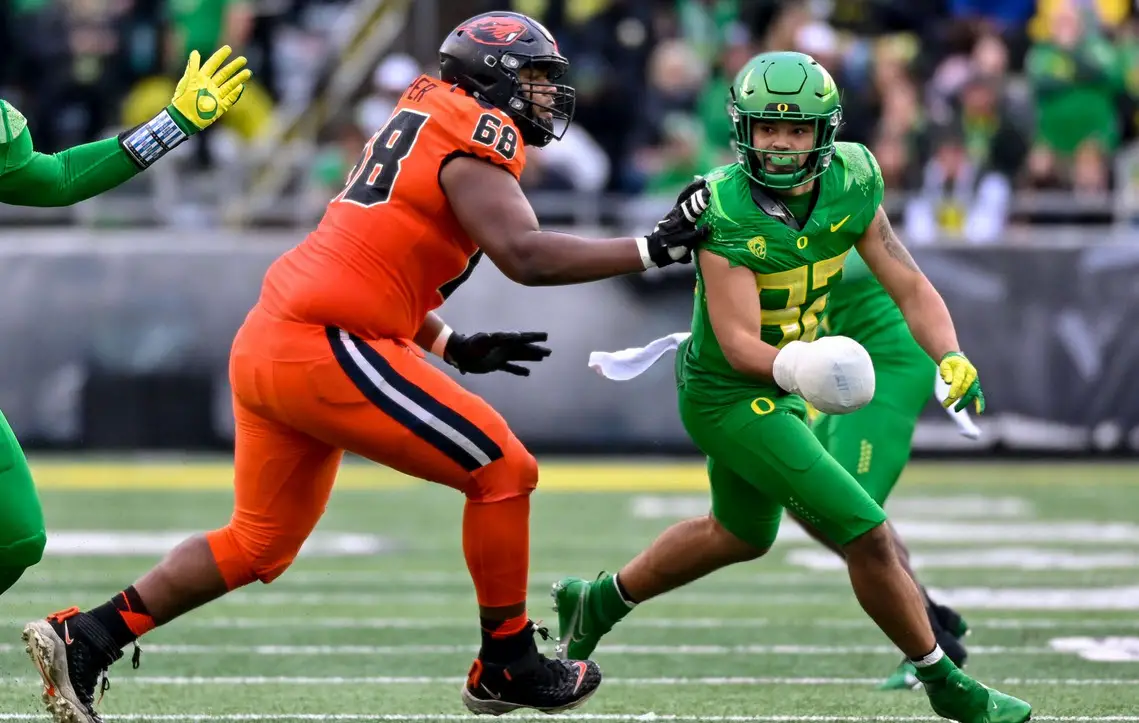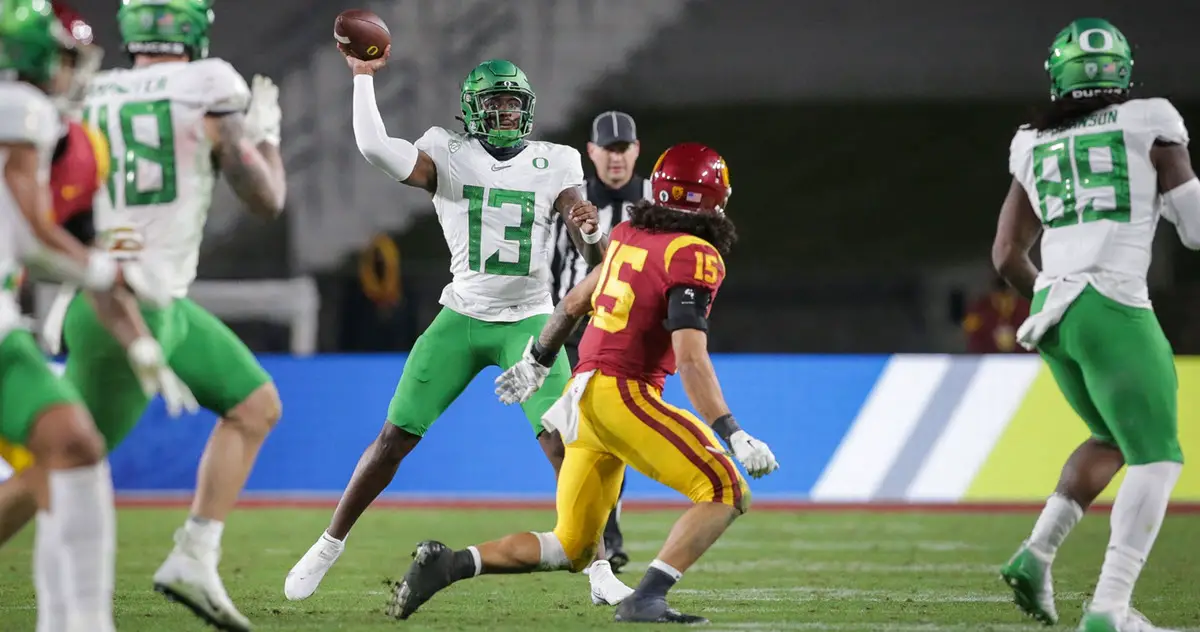The acquisition of talent is the lifeblood of every college athletic program. There is no denying that fact, though the transfer portal has certainly changed the normal process of acquiring that talent. It wasn’t so long ago that transfers made up a rather insignificant portion of any team’s roster, as maybe there were only one or two graduate transfers who could play for one year on the roster. Now, there are more opportunities for teams to fill their rosters with transfer players than ever before.
Building a Roster with the Transfer Portal
The transfer portal is allowing new head coaches to shape their programs faster than ever before. Seeing what Lincoln Riley is doing at USC, with the amount of roster turnover and filling his roster with transfer kids — it can certainly get USC on the right track faster, but that doesn’t mean USC will be “back” in 2022. At this time of the year, I like to check the 2022 Super Bowl Odds for the big game. While I enjoy a little gaming action–Riley is an interesting study with talent acquisition, and thus my interest.
Riley is a coach who has really chosen to live and die by the transfer portal, and as it stands Riley has made himself dependent upon his starting quarterback at Oklahoma, Caleb Williams, to be his starting quarterback at USC, though Williams has not yet declared where he is transferring. Both Kedon Slovis and Jaxon Dart have both opted to leave the program, however, as they expected Williams to come and replace them. The advantage here is that Riley may be able to shape a roster the way he sees fit quicker than he would have pre-transfer portal, but if his gamble does not pay off, then USC may be in for a rough season.

Kedon Slovis is tackled to end the 2020 Pac-12 Championship game giving Oregon the win.
Riley isn’t the only one taking this approach. Ole Miss and LSU are two other schools making big moves in the transfer portal this off season, though every single school is interacting with the transfer portal now whether they are losing or gaining talent from it.
Where some schools are looking to build their rosters from the transfer portal, many others are opting to use it to supplement the talent they already have on the roster. This is more the approach of Dan Lanning at Oregon. Now, there is a major difference in terms of the state of the Oregon program and the state of USC, as Oregon has recruited far better the past four years on the whole than USC.
It shows in the talent Oregon is bringing in through the transfer portal — most notably, Bo Nix has been brought in as a transfer quarterback. Nix is as a safety net for a new staff that hasn’t had time to evaluate the talent on the roster. There will be a quarterback competition this off-season at Oregon, and the three quarterbacks of Nix, Ty Thompson and Jay Butterfield should all have opportunities to prove why they should be the starter come fall.
Recruiting prospects from high school will still be the lifeblood for most programs because there is simply not enough quality talent in the transfer portal, even though a majority of the athletes who enter the transfer portal don’t find a new home. The transfer portal is another tool coaches can and will use, but at best it is a band-aid for some of the team’s shortcomings, and at worst it only masks a team’s failure to find and develop talent by enabling them to adopt talent developed by other programs.

Travis Dye running against Oregon State in his last game in Autzen as a Duck.
NIL is Creating a Bidding War
With the addition of NIL it makes the transfer portal an even more difficult place to recruit, as all of the top talent that enters the transfer portal is expected to get paid. This has to be one of the major reasons why Travis Dye opted to leave Oregon for USC. He does not have a typical NFL running back’s body and his prospects at the next level are limited, but he has an opportunity to get paid now for his football talents and has chosen to take it, as he should.
NIL is absolutely playing a role in the prep recruiting scene as well, as it is well documented that Texas A&M has had boosters pay out over three million for their No. 1 recruiting class in the 2022 cycle to date. We’ll have to wait a few years to see if this becomes the growing norm for all elite programs, or if it wanes as boosters become weary of paying for highly-touted high school recruits who haven’t played a down of college ball. Where this is unlikely to change is the transfer portal, where the best athletes will continue to shop around for the best price.
Transfer portal talent already has proven star power (at least the big names do), and will garner interest from top-tier programs who have the boosters with the deepest pockets. There are already bidding wars taking place for these prospects, and there is a reason why Williams from Oklahoma has not declared where he is transferring. He is likely still in the process of shopping around, and there is a major bidding war that is following him. The transfer portal is going to be an expensive game for most programs and the majority of programs will not engage in the bidding war for the best talent in the portal.

Jordan Happle came to Oregon from Boise State and though he wasn’t a big name transfer, he has contributed to the team, even with one hand in a club.
Getting prep prospects onto campus, developing them and having a program that enables them to access NIL as they become more proven players is perhaps a better long-term strategy. Boosters will feel more comfortable in the long run supporting and paying proven talent at the collegiate level, and they will be the ones who will need to pay to keep that talent in house.
Finding high-quality talent and enabling them to earn their money based off their performance is a far more sustainable long-term investment, and can keep some schools out of the constant bidding wars for transfer portal talent. Finding and developing talent out of high school will still be the primary way top-tier programs fill their rosters. The notion that any and every program just has to shop the transfer portal to fill their roster is fundamentally false and unsustainable.
But with so many players moving around college football via the transfer portal, the question really comes down to: how can teams who produce this talent ensure they keep it?
David Marsh
Portland, Oregon
Top Photo By UO Athletics

Natalie Liebhaber, the FishDuck.com Volunteer Editor for this article, works in the financial technology industry in Bozeman, Montana.
Related Articles:
Oregon Enters Playoffs Better Off Than Last Year
Will The Coaching Carousel Kill Oregon's CFP Chances?
The Playoff Formula Hasn't Changed
Oregon Aims to Bury Dawgs, Punch Playoff Ticket in Rivalry Clash
Huskies Are the New Beavers, Stay In Your Lane Kiffin, and the Civil Apple Cup War
Oregon Football: The X-Factor Vs. Washington

David Marsh is a high school social studies teacher in Portland, Oregon. As a teacher he is known for telling puns to his students who sometimes laugh out of sympathy, and being both eccentric about history and the Ducks.
David graduated from the University of Oregon in 2012 with Majors in: Medieval Studies, Religious Studies, and Geography. David began following Ducks Football after being in a car accident in 2012; finding football something new and exciting to learn about during this difficult time in his life. Now, he cannot see life without Oregon football.

